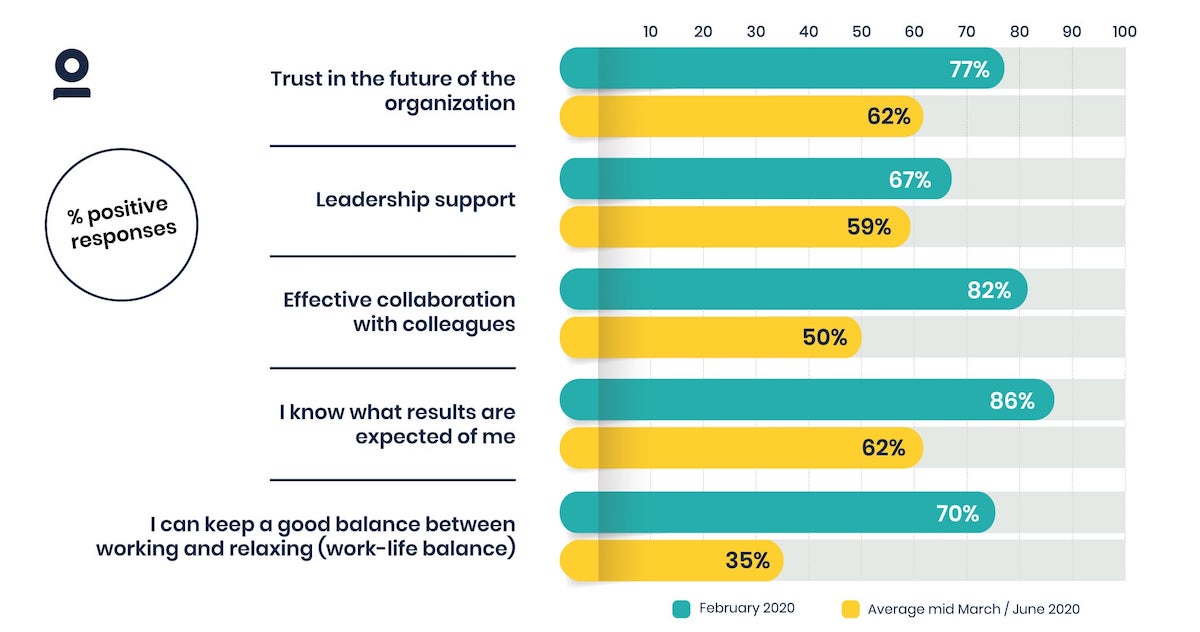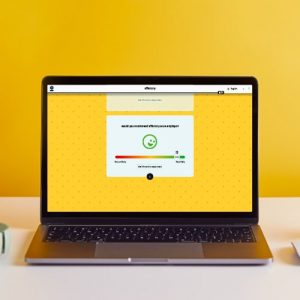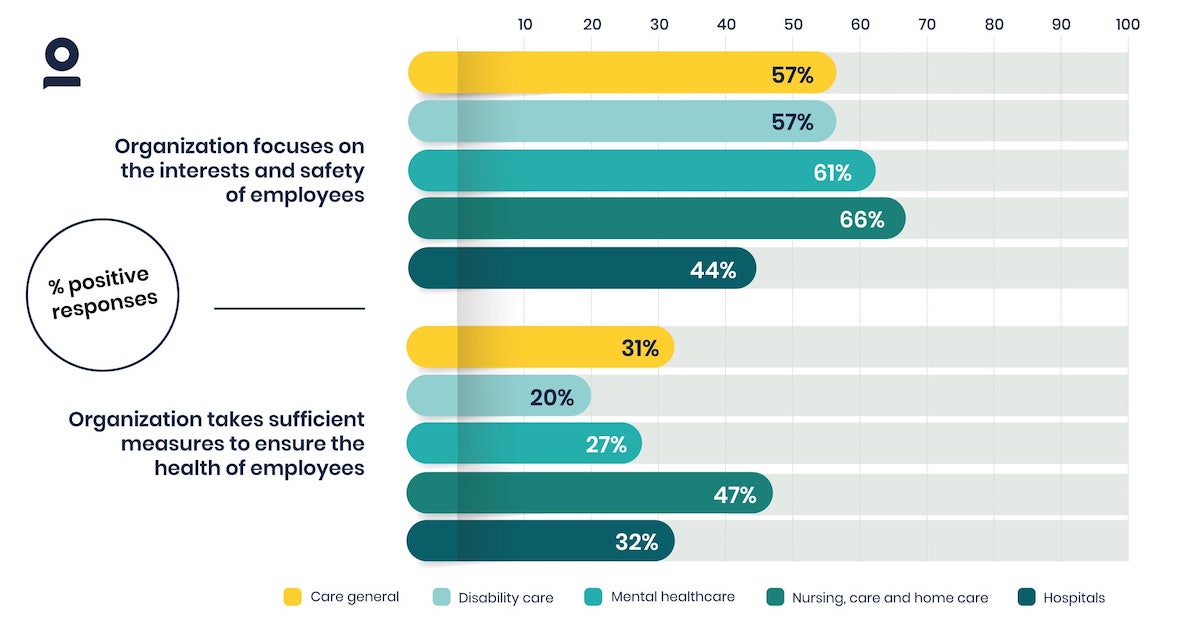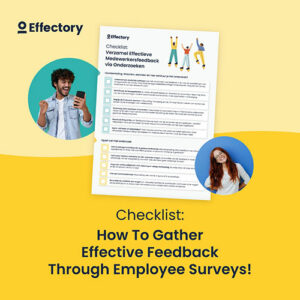During the second wave of coronavirus infections, healthcare institutions are once again faced with the task of keeping their employees motivated and healthy at work. What lessons can be learned from the first wave?
Second wave: What healthcare workers need to continue performing

In healthcare, organizations are trying to find new ways to maintain the vitality of their employees, retain scarce talent and attract additional staff.
Good support from managers, clear expectations of results and sufficient attention to the safety and interests of employees can help boost the performance capacity of healthcare workers and prevent employee turnover. This is demonstrated by Effectory’s COVID-19 Workforce Pulse Checks of 123,000 employees in the Netherlands and the rest of Europe between mid-March and mid-July.
Good support from managers
During the first wave, only 59 percent of healthcare workers felt adequately supported by their manager. “In the responses to open questions, many employees indicated that they saw little of their manager, lacked personal attention and felt that they ‘had to take care of it themselves’,” says healthcare consultant Annerie Baas from Effectory.
That was all related to the sudden onset of the coronavirus crisis: “Many healthcare managers had their hands full with crisis management. There was just a lot coming their way.” However, more contact with frontline workers can contribute a lot, especially in times of crisis. “Paying attention to the well-being of employees and listening to their feedback makes employees feel that they are being heard and appreciated, and solutions can often be found.”
Clear expectations of results
Only 50 percent of healthcare workers were able to collaborate effectively with colleagues during the first wave. 62 percent knew what results were expected of them.
“Healthcare organizations can’t do much about the high workload. What they can do is to set priorities as clearly as possible,” says healthcare consultant Annerie Baas from Effectory. “It is also important to provide sufficient technical resources to enable employees to communicate with each other remotely.”
Effectory COVID-19 Workforce Pulse
Use our COVID-19 Workforce Pulses to gain insights in employees’ wellbeing, enablement & communication to bounce back faster and stronger.
Request informationSufficient attention to the safety and interests of employees
During the first wave, 31 percent of healthcare workers felt that their organization took adequate measures to protect their health. 57 percent of healthcare workers felt that their organization put the interests and safety of employees first. Baas: “It was a major challenge for organizations to provide adequate protective equipment and to draw up clear protocols on its use.”
Maintaining performance capacity
Only 35 percent of healthcare workers were able to find a good balance between work and relaxation during the first wave. Even now, the workload is high. How can organizations minimize the risk of burnout? “Healthcare organizations have no influence over many factors, but they can try to work on employee energy sources,” says Baas. “This can be done by listening carefully to their wishes, giving personal attention and better facilitating remote collaboration.” Energy sources such as these can protect employees from the consequences of a high workload.
Join our upcoming webinar!
Free webinars with Effectory’s HRLab series. Sign up and we’ll keep you updated on upcoming events.
RegisterTimely insight into reduced well-being
With pulse measurements, organizations can quickly gain an insight into a number of critical indicators, including their work-life balance and workload capacity. “In this way, healthcare organizations can establish a connection with employees in an easily accessible way even under extreme circumstances,” says healthcare consultant Rutger de Gardeijn from Effectory. “Depending on the results, they can further zoom in on specific target groups or topics. This makes it possible to quickly develop specific crisis policies and set priorities within HR policy.”
Retain scarce talent and prevent premature employee turnover
By listening more continuously, organizations can also develop a better understanding of the causes behind absenteeism and employee turnover, for example. De Gardeijn: “Within healthcare, many employees leave in the first or second year of their employment. Organizations try to reduce this turnover in a wide variety of ways, but these interventions are usually based on assumptions. If you, as an organization, combine pulse measurements with initiatives such as onboarding and exit surveys, you can discover hard indicators based on people analytics that can help you make data-driven decisions to achieve sustainable improvement.”
How to gather feedback from your employees
The definitive checklist for creating your employee engagement survey.
Download



